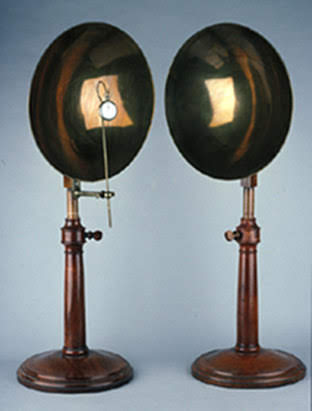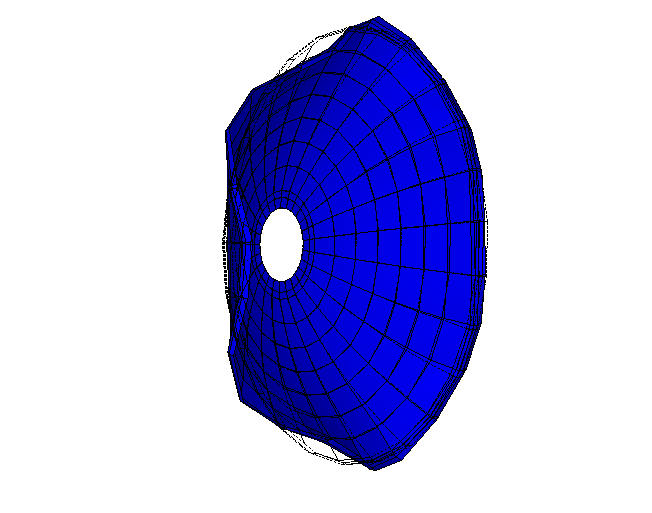
Because the gain increases with increasing frequency, the output of a parabolic microphone has a high-pass characteristic. Note that the D and gain G provided by a dish are proportional to the square of the ratio of its diameter to the wavelength. It’s often expressed as the Directivity Index (DI), which is the ratio D expressed in dB. The Directivity (D) is defined as the ratio of the on-axis response to the response averaged over all directions. Therefore, if a microphone element is mounted at that focal point, it will receive all of the acoustic power received by the entire dish, which results in significant acoustic gain and directivity:įigure 1: Sounds arriving along a parabolic reflector’s axis of symmetry are concentrated at its focus

This is possible because, as shown in Figure 1, a parabolic reflector (or “dish”) has the property that a sound wave striking it from the on-axis direction-regardless of where on the dish it strikes-will be reflected to a specific focal point determined by the shape of the dish. This attribute is called directivity, and it’s the key to long-range pick-up because it attenuates off-axis noise that competes with the target sound.


Why you shouldn’t rely on microphone plug-in power.Basic DIY microphone design-Part 3: microphone back-end design.Basic DIY microphone design-Part 2: microphone front-end design.Basic DIY microphone design-Part 1: the microphone design process.


 0 kommentar(er)
0 kommentar(er)
